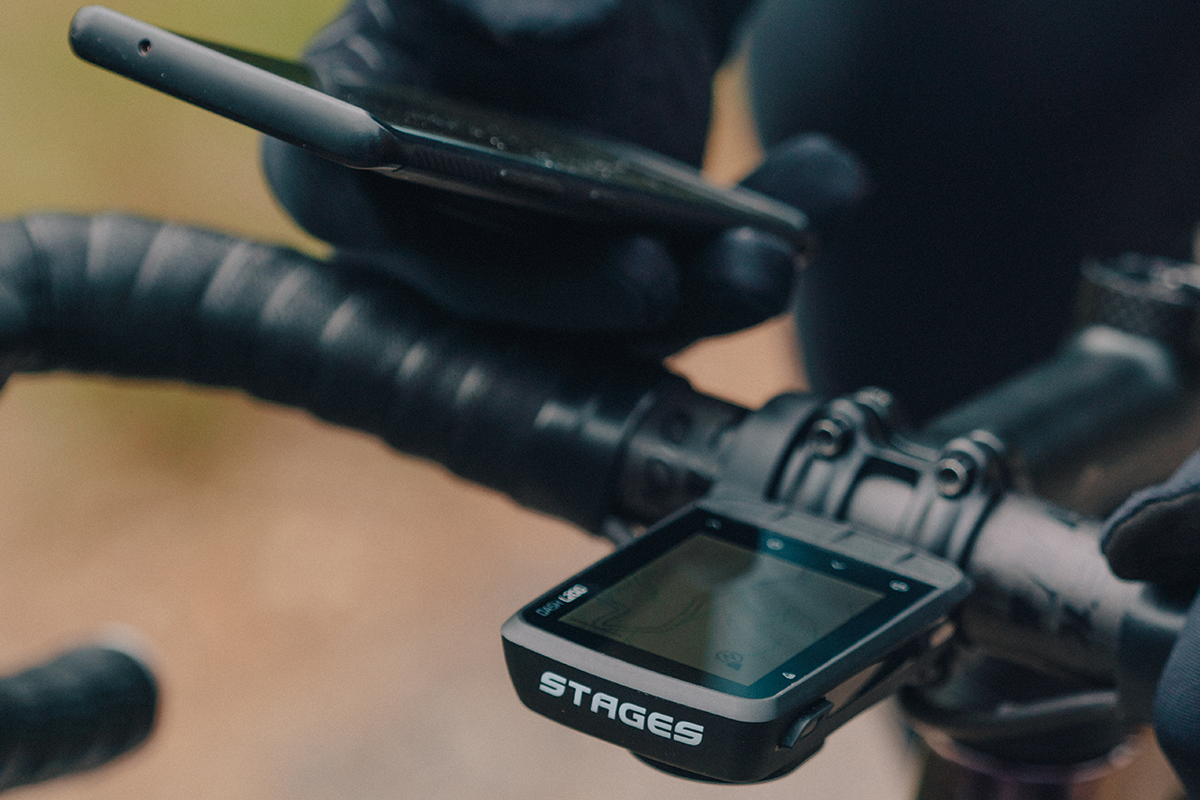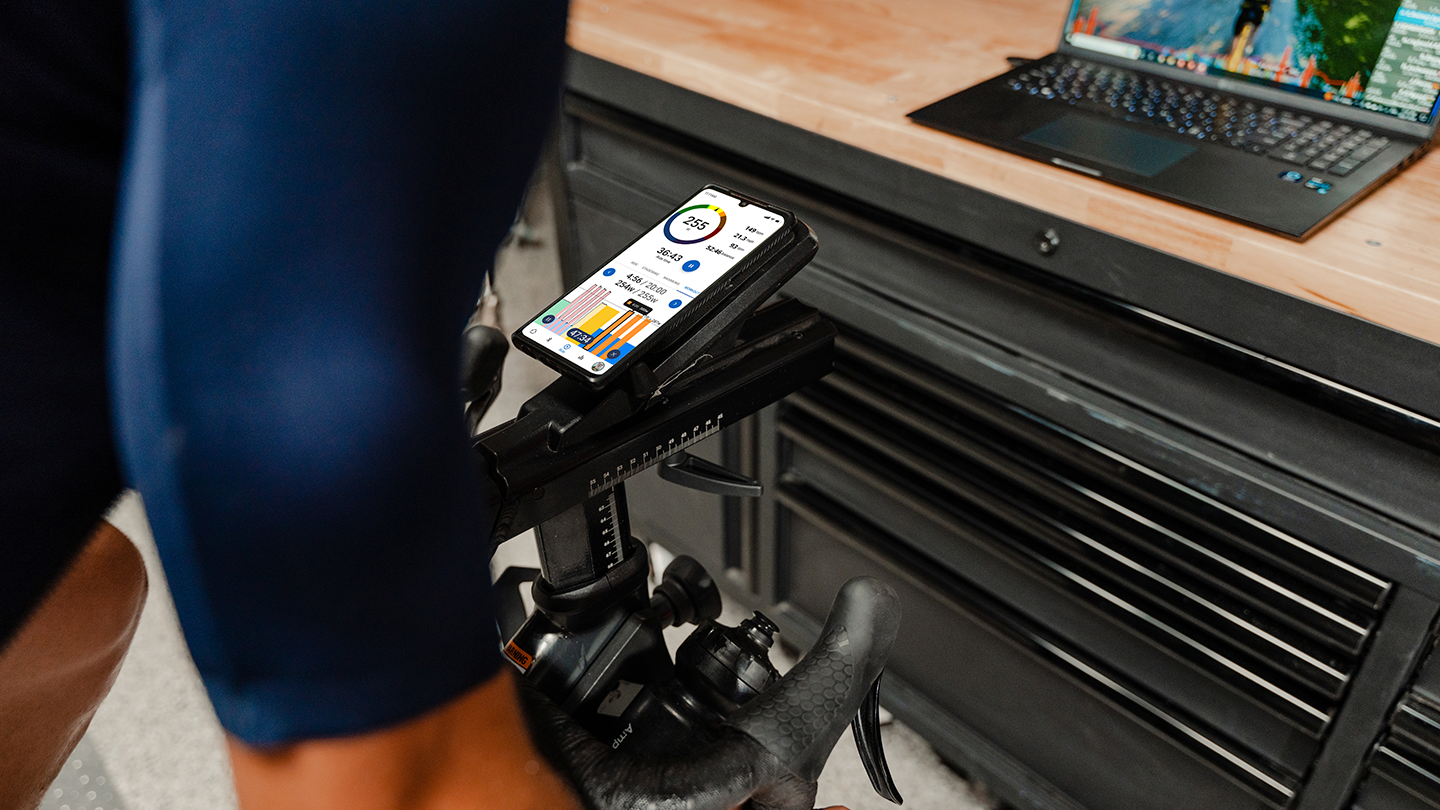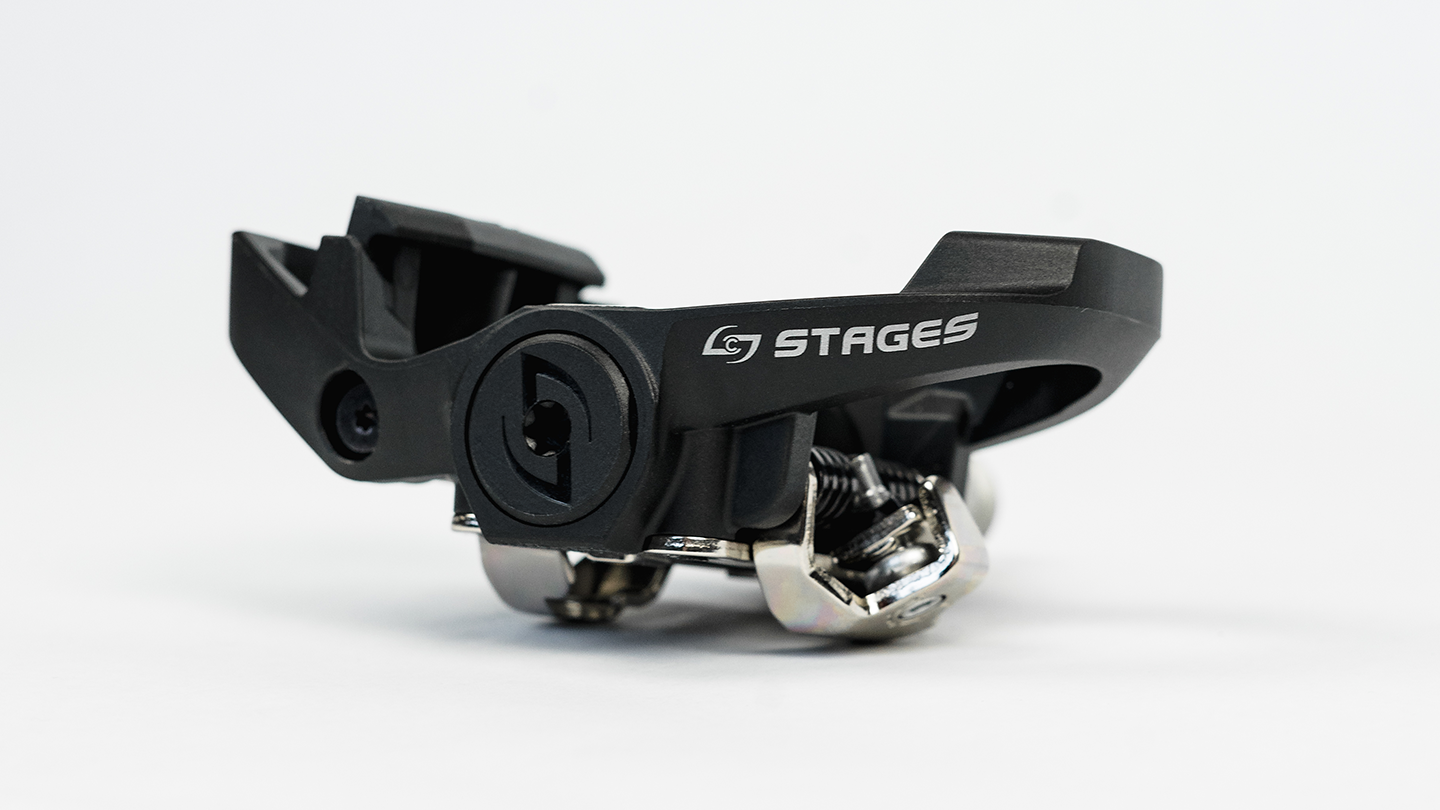Meet the project manager for the new carbon Stages Power Meter
- By Kate Hector
- Published: 1 ene 2021
- Last Updated: 11 oct 2021
The carbon Stages Power meters are here which means riders with carbon cranks finally have an option that doesn't disrupt the integrity of their cranksets. To understand how the new meter works, meet Sam Morrison, Design Engineer and Project Manager for the new Stages Carbon Power meter. (editor's note: Sam is a fan of Zoolander, as evidenced by the attached photo, and can't wait until the Feb release of the sequel.)
What was the process like to bring the Stages Carbon Power meter to market?
It took our whole engineering team to find the best solution for measuring deflection in carbon crank arms in a way that’s stable and predictable as the temperature changes. We then moved onto building prototypes, testing them, and making changes based on the results. This meant a bunch of riding, but it also meant extensive lab testing to simulate specific conditions. Now that we have a product, I spend most of my time prepping the team for production. Right now we’re getting the production line built and employees trained and working with vendors to ensure everything is ready to go once product arrives.
How does the Stages Carbon Power meter work?
The Stages Carbon Power meter is a custom designed spindle and crank arm that gives Stages Power meter compatibility to SRAM products. Depending on your crank, we have different spindles to accommodate Red22, Force22, CX1, XX1, and X01 168mm q-factor cranksets. With our crank and spindle all a rider has to do is pull off their left crank arm, which is attached to the spindle, and replace it with the Stages spindle and power meter. It’s a very simple swap, and then you’re ready to ride with power.
Explore STAGES POWER FOR SRAM BB30
Explore STAGES POWER FOR FSA 386 EVO
Power meters have been around for a very long time, what took so long for Stages Power technology to come to carbon?
There were two separate areas that needed to be fully investigated: measuring deflection accurately and dealing with temperature changes appropriately. Strain gages have been applied to aluminum for a very long time, but carbon fiber is a relatively new material and thus there isn’t a lot of information out there on how to do it properly. Once we had a good solution in the lab we had to validate it with real riding. We’ve learned it doesn’t matter if everything looks good in the lab, you have to get out and ride hundreds of hours and put the meter to real world tests. We’re a cycling company, so finding people that ride and that are critical of their power data is easy. The results show carbon power meters retain the same accurate active temperature compensation as our aluminum models. Releasing a power meter that didn’t was simply not an option. We’re really proud of the solution we've developed, and it works in the same accurate and consistent manner that our aluminum models do.
How do the features of the carbon Stages Power meter compare to other models?
The crank arm is made of hollow carbon fiber, so it’s extremely light. The power meter itself only weighs 15-20 grams, which puts the system in the upper echelon of power meter weights. In terms of stiffness, the crank arm is as stiff or stiffer than comparable carbon models. The user is not sacrificing any performance when moving to this system, and to us that is very important. And of course, this meter fits on the SRAM cranks we previously weren't compatibility with.
What's your favorite power workout or time to use power?
My favorite time to use power is on our company lunch ride. Being in Boulder, our rides can get pretty intense. Plus, everyone knows the power everyone else can do and is more than willing to use that against you. Knowing you can put someone out the back if you turn it up ten more watts is great fun (and painful!).
Wanna know more about our Carbon Meters? Click here

















